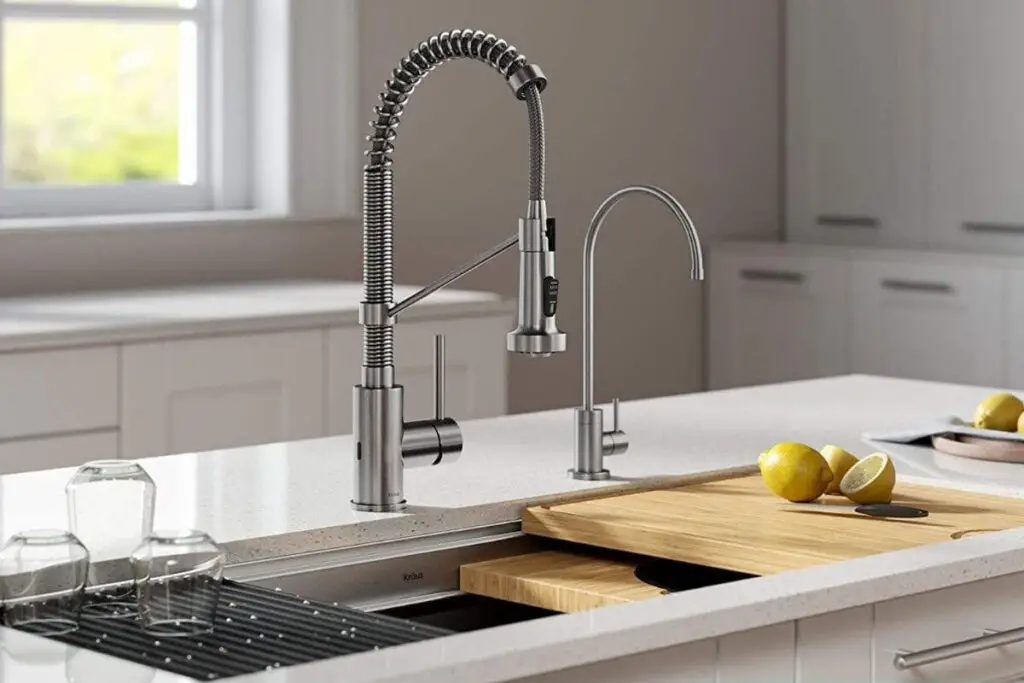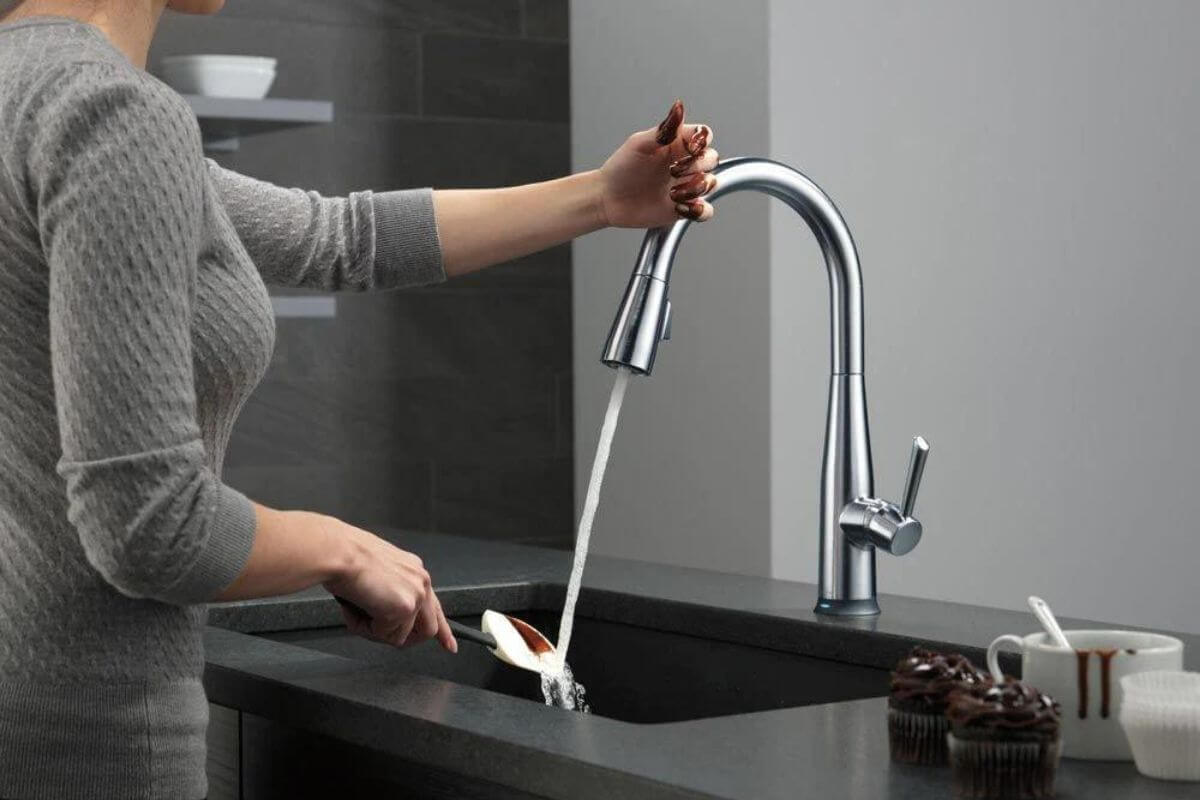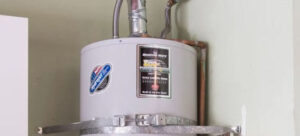In today’s modern kitchens, the choice between touchless and touch kitchen faucets is a matter of convenience, style, and personal preference. As we explore the advantages and disadvantages of each, you’ll find out which type of faucet suits your needs best.
The Evolution of Kitchen Faucets
Kitchen faucets have come a long way from the traditional single-handle taps. With technological advancements, we now have touchless and touch faucets that make daily tasks in the kitchen easier and more efficient.
Benefits of Touchless Kitchen Faucets
Touchless faucets, also known as motion-activated or sensor faucets, offer several advantages. They are incredibly convenient, especially when your hands are full or dirty. These faucets use motion sensors to turn the water on and off, reducing the spread of germs and making cooking and cleaning a breeze.
Advantages of Touch Kitchen Faucets
On the other hand, touch faucets are designed to respond to a simple touch on the spout or handle. They provide precise control over the water flow and temperature. Touch faucets are known for their reliability and are often favored for their minimalist design.
Touchless vs. Touch: Which is Right for You?
The choice between touchless and touch faucets ultimately depends on your lifestyle and needs. If you value hands-free operation and convenience, a touchless faucet might be the way to go. However, if you prefer control and a classic look, a touch faucet is a great choice. It’s essential to consider how you use your kitchen and what features matter most to you.

Installation and Maintenance
Both touchless and touch faucets can be installed in your kitchen, but they may require different setups. While touchless faucets need a power source for the sensors, touch faucets typically function mechanically, making them easier to install and maintain.
Popular Touchless Faucet Models
Several reputable brands offer touchless kitchen faucets, including Moen, Delta, and Kohler. These brands have introduced innovative features such as motion sensing and temperature control to enhance your kitchen experience.
Popular Touch Faucet Models
If you opt for touch faucets, renowned brands like Delta and Pfister provide a wide range of options. Their touch faucets are known for durability and style, offering a timeless appeal to your kitchen.
Price Comparison
The price of touchless and touch faucets can vary significantly. Touchless faucets, with their advanced technology, tend to be more expensive. In contrast, touch faucets are generally more budget-friendly. Your budget and desired features will play a crucial role in your decision.
Factors to Consider When Choosing
When selecting between a touchless and touch faucet, consider factors like ease of use, power source, maintenance, and design. Think about your daily routines and how a particular faucet can streamline your kitchen tasks.
Water Conservation
Both touchless and touch faucets have the potential to save water. Touchless faucets often have features like automatic shut-off, ensuring water isn’t wasted. Touch faucets, with their precise control, can also help you use water more efficiently.
Hygiene and Convenience
Touchless faucets are perfect for maintaining a hygienic kitchen environment. You can avoid cross-contamination by using the motion sensor to start and stop the flow of water. Touch faucets, though not hands-free, offer convenience with a simple tap.
Style and Design Options
Touchless and touch faucets come in various styles and finishes to match your kitchen decor. You can choose from sleek and modern designs or opt for a more traditional look, ensuring your faucet complements your kitchen’s aesthetics.
How to Use and Care for Your Faucet
Regardless of your choice, it’s crucial to know how to use and care for your faucet properly. Regular cleaning and maintenance will ensure your faucet remains in excellent condition, providing you with years of reliable service.
Conclusion
In conclusion, the choice between a touchless and touch kitchen faucet is a matter of personal preference and practicality. While touchless faucets offer hands-free convenience and hygiene, touch faucets provide precise control and timeless design. Consider your needs and budget, and choose the faucet that best suits your kitchen and lifestyle.
Get Access Now: https://bit.ly/J_Umma
FAQs
1. Are touchless faucets more hygienic than touch faucets?
Touchless faucets are generally considered more hygienic because they reduce the spread of germs and cross-contamination.
2. Do touchless faucets require electricity?
Yes, most touchless faucets require electricity to power the motion sensors.
3. Can I retrofit my existing faucet with a touchless sensor?
Some manufacturers offer retrofit kits to convert traditional faucets into touchless ones, but it may not be compatible with all models.
4. Are touchless faucets more expensive than touch faucets?
Yes, touchless faucets are usually more expensive due to their advanced technology.
5. How can I clean and maintain my touch or touchless faucet to keep it in good condition?
Regularly clean the faucet with a mild soap and water solution and avoid abrasive cleaners that can damage the finish. Additionally, follow the manufacturer’s maintenance guidelines for the specific faucet model.



